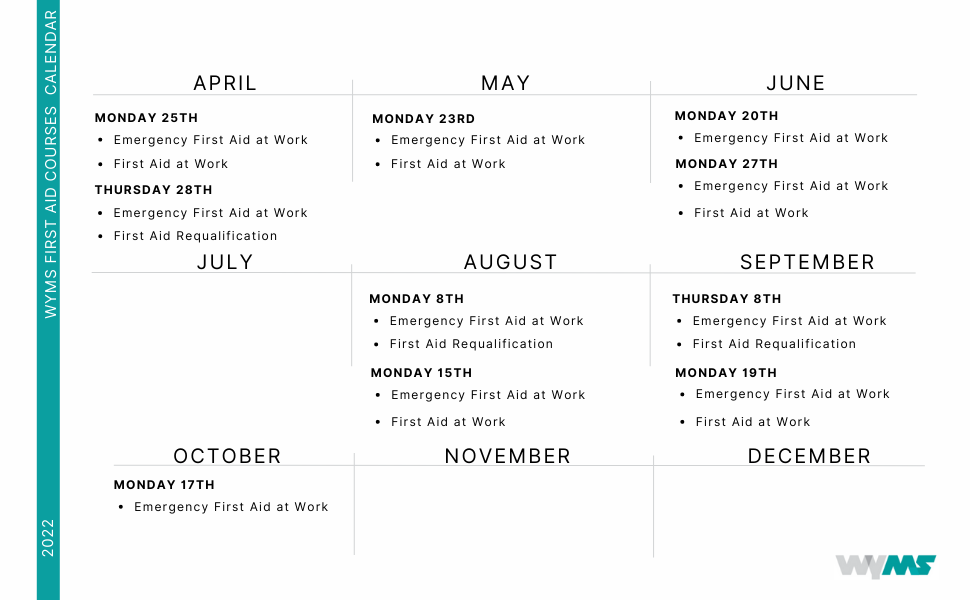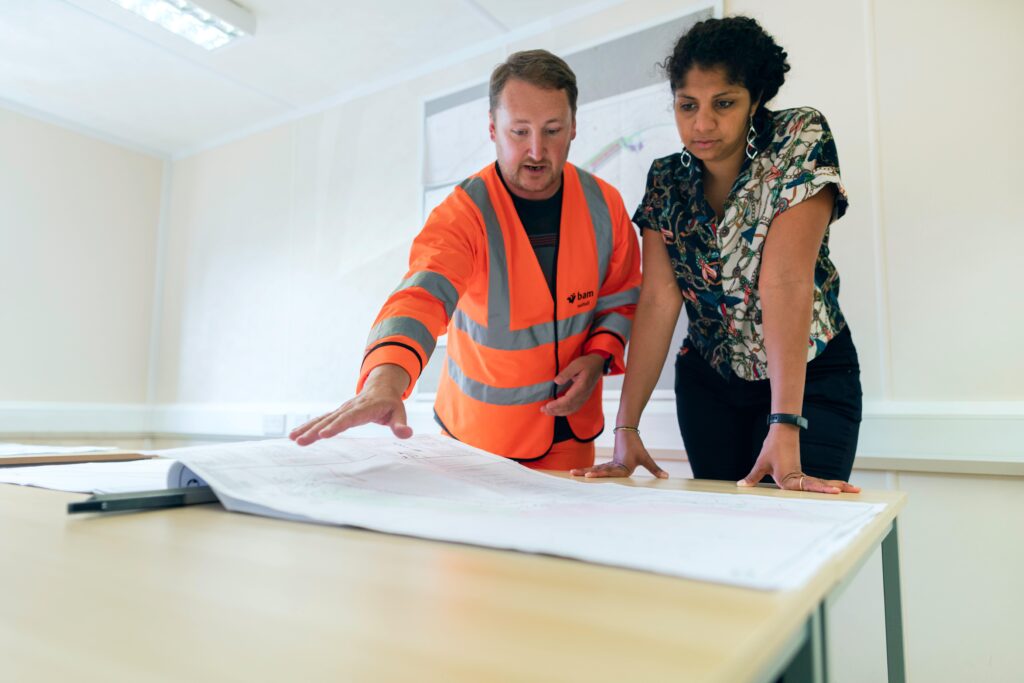First aid procedures are personalised to your industry, your staff, and what you do day-to-day, therefore a first aid work assessment must be complete. It’s important first to understand why first aid at work is important so that you can implement it in the right way.
What is a First Aid Work Assessment
First aid procedures and equipment will differ from company to company and industry to industry. For example, a manufacturing company will need to prepare for different hazards compared to a bakery.
A first-aid work assessment qualifies these needs. Once complete, you should confidently know what hazard could occur, the procedures in place, who to go to and the equipment needed in each first aid kit.
The Outcome of a First Aid Assessment
Hazards and Risks
This looks at facilities, equipment and an array of potential risks. Once you’ve noted down the potential hazard, you then have a clearer picture of the possible injury or illness. Knowing this means you can prepare, so the correct provisions are in place.
Contents of First Aid Kit
Knowing the risks, you can then plan out the contents of your first aid kit. The contents of your first aid kit depends on the industry you work in and the size of your team.
The Number of First Aiders
Having the correct number of first aiders for your business is essential. Through completion of the first aid assessment, you’ll be able to make a confident decision on how many first aiders are needed, and in which areas of the business.
For an employee to become a first aider, they will need to complete a qualification on a First Aid at Work course. This course will provide practical skills on how to handle a first aid situation. Depending on the seriousness of the potential hazards in the workplace, there is also the option to do an Emergency First aid course which covers more severe injuries and illnesses.
Things To Consider When Doing the Assessment
According to HSE, before jumping into the assessment, there are a few things that you should keep in mind, such as:
- The nature of work
- Number of employees
- Individual job roles
- Work patterns of staff
- History of accidents
- Travel needs of employees
- Annual leave for first aiders
What To Do After Completion of the First Aid Assessment
Once you’ve completed the assessment, you’ll know and be aware of the first aid procedures and equipment you need to put in place.
You must make a judgement call on what your company needs based on the assessment outcome.
Fill Up your First Aid Kit(s)
You’ll now know exactly what is needed in your first aid kit as you’ll understand the potential risks you need to cover. For example, if your employees work close to sharp objects, it would make sense to stock up on equipment that protects open wounds.
There is no set equipment list for first aid kits. However, you can find an example of what should be in a basic first aid kit here. However, it’s important to note that your first aid kit should be tailored to your company’s potential hazards.
Enrol on First Aid Courses
Once you’ve identified how many first aiders are needed on-site, your team can be signed up for a first aid course that will be most beneficial.
The booking process is simple.
Step 1: Pick a date that works for your team. You can see an overview of our first aid courses below.

Step 2: Fill in our booking form, let us know the course and date you prefer
Step 3: We’ll get back to you with confirmation and payment options
The Ongoing Process of First Aid
It’s important to note that first aid is an ongoing process. Organisations change, more people join and new machines are purchased, meaning hazards and risks change and increase.
It is the duty holder’s responsibility to continue to monitor the first aid assessment.
For any questions around first aid or health and safety content, the West Yorkshire Manufacturing services team today.


